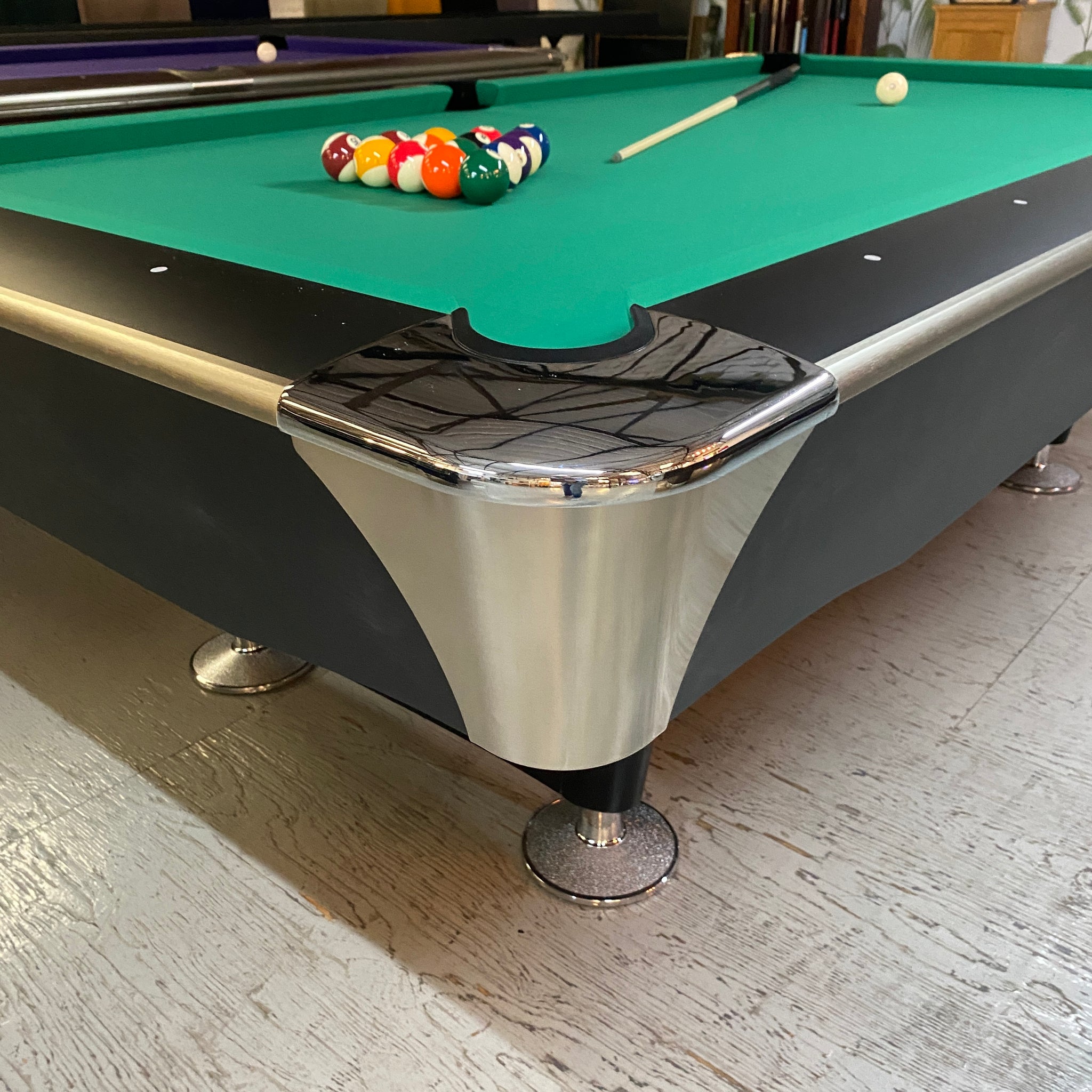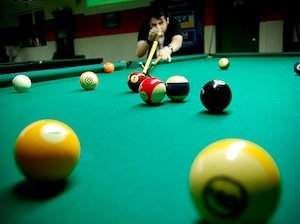
There are many options for making snooker cues. Some are heavier than others, while others are lighter than others. The best options for snooker cues are maple and ash, regardless of material. Maple, however, has many disadvantages, and should be used with caution. These woods are both whippy and stiff, so you need to be cautious when choosing your cue.
Materials used for snooker cues
Ash cues have clear grain patterns that include chevrons, arrows and chevrons. It can be challenging to bend straight as the graining of ash cues is often uneven. It is therefore important to carefully select your cue to avoid potential problems.
Ash cues have traditionally been made from English ash. This has decreased in popularity due to falling laws. Recently, American ash has been in high demand. It is straight grain. English ash cues often appear darker and heavier with visible chevrons. Some players also choose to use maples, such as Acer sacrarum, which is more expensive. The maple timber has been fully kiln dried and seasoned for at the very least 12 months.
Rolled and bound the exact same
Ash is a dense, lightweight wood that is great for making a snooker cue. It is less expensive than some high-end luxury snooker cups. It has some flexibility to make it easier to spin the balls. It also has less deflection than other types of wood.

Maple and Ash are the traditional timbers used for cue shafts. Maple and Ash offer both rigidity and playability. Some models have brass or plastic ferrules.
Responsive to wear and tear
You need to look after your snooker cups. They need to be stored properly, out of direct sunlight and moisture. Keeping them on a cue rack is the best way to protect them from warping and damage. It is important to protect them against chemicals and sandpaper.
One way to keep them in good condition is to add weight. It is important to select a cue that is at least 17 ounces. Anything less than that can cause strain on your arm. Over acceleration can be caused if your cue is heavier than this.
Added weight at the butt
The weight of the butt on a snooker cue is important for a proper balance. Many cues are made from ash, but some are made from maple. Some cues feature intricate decoration, while others have simple lines.
The shaft's butt is a larger, heavier piece that is attached to it by a screw. The shaft is a smaller, narrower piece. The two pieces are attached at the butt, where a male screw threads into a female screw. Cue joints are made from wood, brass, or plastic. Most common are brass to-brass joints.

Rolling and bouncing are the same
The most popular type of snooker cue is the ash-billiard cue. Ash snooker cues weigh in at 18 to 20 ounces. This is significantly lighter than the heavier billiard balls. Although most snooker utensils are made from ash and maple, some are made with other materials.
Also, ash snooker cues cost less than other materials. You will pay a wholesale cost for them. Therefore, it is easy to find a cue for a reasonable price.